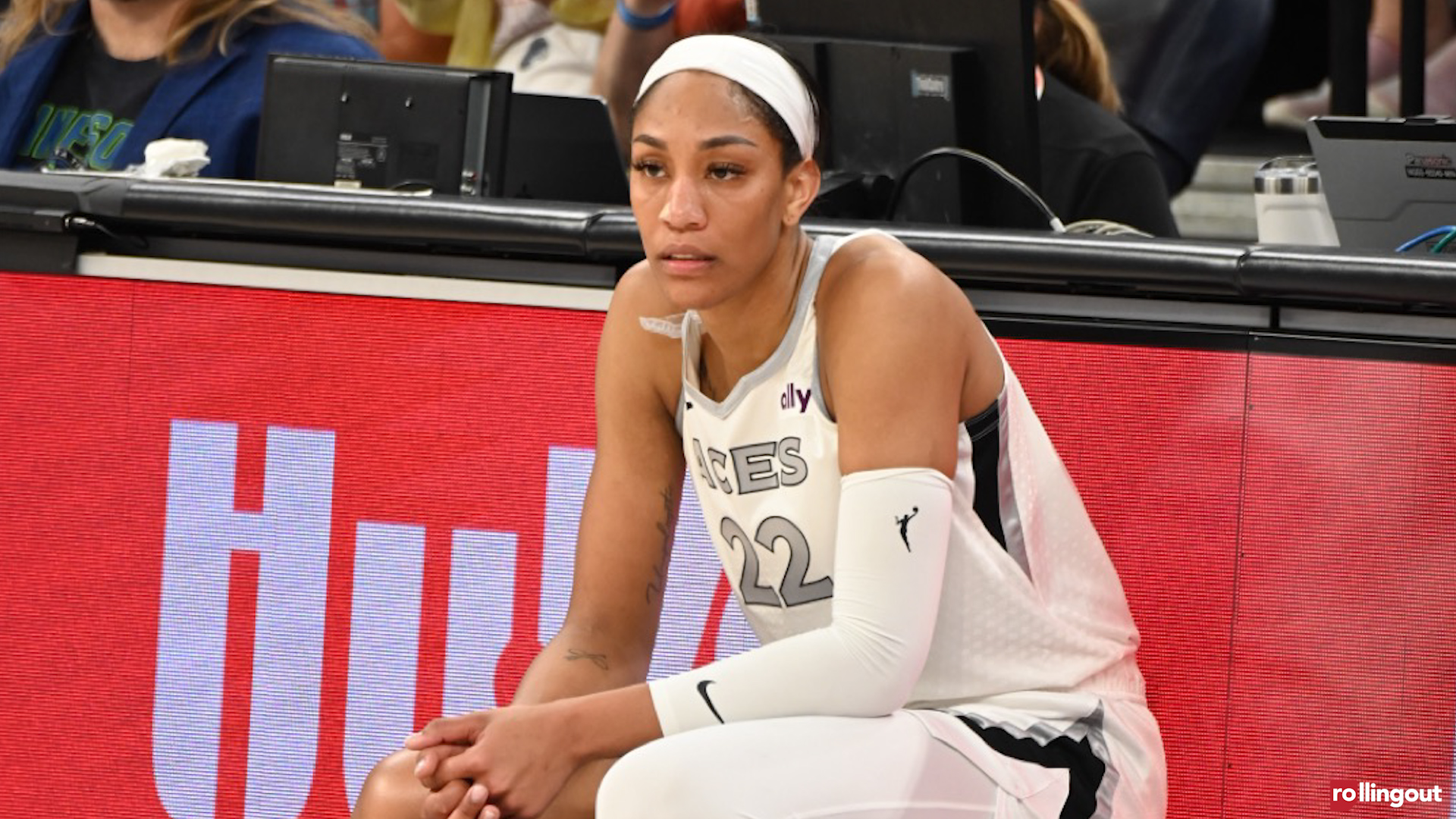
In right now’s What the Hair second, we take you to Kingston, Jamaica, the place one of many nation’s most revered faculties, St. Andrew Excessive Faculty for Women (SAHS), simply banned… edges. Sure, you learn that proper. Child hairs. Off-limits.
In a now-disabled Instagram publish, the varsity wrote: “Curtains belong in the home, not on foreheads. 😅 Let’s hold our seems to be neat and school-ready.” Translation: these swoops, swirls, and slicked-down edges you spent all morning perfecting? Don’t convey them by way of the varsity gates.
Based again in 1925, SAHS has lengthy been celebrated for self-discipline and educational excellence, with alumni main in regulation, politics, medication, and past. However this newest rule has sparked extra debate than any math check. Some argue the ban retains college students targeted and the varsity’s picture polished. Others say it’s much less about self-discipline and extra about policing Black women’ id and cultural expression.
ADVERTISEMENT
And right here’s the place it will get even messier: critics word that this isn’t nearly “child hairs” anymore. In recent times, edges have gone from refined wisps to what many name “teen” and even “grownup” hairs — full designs reaching right down to their eyebrows that look extra like architectural blueprints than a pure hairline. For some, it’s artistry. For others, it’s an indication of children being pushed into grown-woman styling earlier than their time.
So, whereas SAHS insists it’s holding issues “neat,” the ban has raised greater questions. Is that this about college pleasure or about management? Self-discipline—or dignity? And actually, who will get to determine when a child hair stops being a child?
Ought to faculties have the ability to regulate edges? Pontificate beneath.















